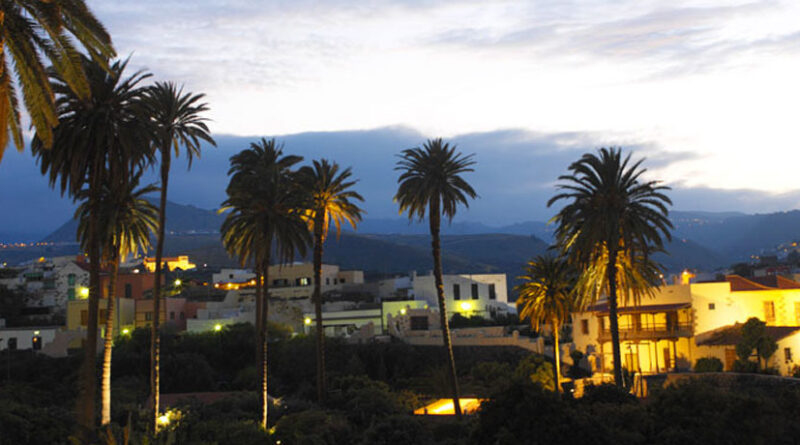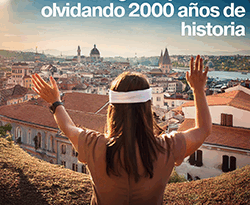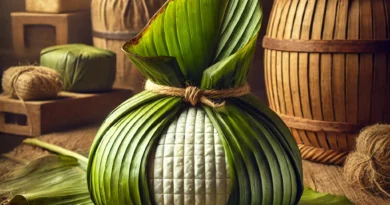TELDE, A Melting Pot of Culture and Tradition Through the Centuries
Nota: Este contenido amplía, traduce o complementa un artículo que aparece en la edición impresa Nº1 de Telde Magazine.
Próximamente podrás ver el artículo completo en la página original de la revista. ¡Te invitamos a descubrirla también en papel!
The historic center of San Juan in Telde reflects the city’s rich history and cultural diversity. In pre-Hispanic times, Telde was one of the two main centers of ancient Tamarán, inhabited by the Canarii people, who left behind an extensive archaeological legacy. Before the Spanish Conquest, the city was visited by Europeans, including Carmelite and Augustinian friars, who in 1351 promoted the creation of the Diocese of Telde (the first in the Canary Islands) demonstrating the church’s early interest in the region.
After the Spanish Conquest in 1483, Telde transformed into a dynamic, multicultural city. The community was made up of European settlers, descendants of the indigenous population, and African slaves. The arrival of merchants, artisans, and farmers enriched the city’s economic and social life. Its strategic location also made it an important agricultural, industrial, and commercial hub, attracting wealthy families who built stately homes, some of which still stand today.
This blend of cultures also influenced the city’s artistic and architectural development, as seen in the Basilica of San Juan Bautista and other monuments. Telde became a true melting pot of traditions, reflected in its vibrant social, spiritual, and commercial life; a legacy that remains an integral part of its identity today.






